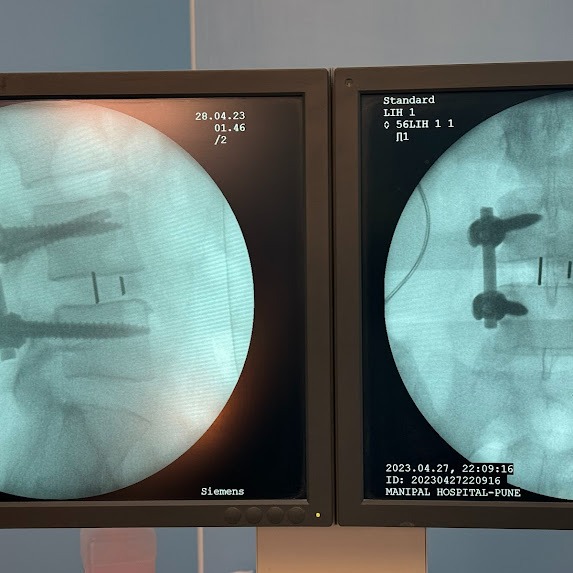+918048032706

This is your website preview.
Currently it only shows your basic business info. Start adding relevant business details such as description, images and products or services to gain your customers attention by using Boost 360 android app / iOS App / web portal.
Minimally Invasive Spine Surgery (MISS): Future...

Minimally Invasive Spine Surgery (MISS): Future of the Spine Surgery Dr Rahul Chaudhari MBBS MS ECFMG (USA) Clinical Fellow- Spine/Scoliosis Surgery (USA) Consultant Spine/Scoliosis Surgeon, Pune Spine surgery involves three basic surgeries such as discectomy, decompression and spinal fusion surgery. Discectomy and Decompression surgery relieves pressure put on spinal nerves by removing portions of bone or a herniated disk. The basic idea in Spinal fusion surgery is to take away the painful abnormal movement between spine vertebras by fusing them into a single, solid bone. Spine surgery is traditionally done as "open surgery, " meaning the area being operated on is opened with a long incision with significant retraction of the back muscles to allow the surgeon to view and access the anatomy. In recent years, however, technological advances have allowed more back and neck conditions to be treated through small portals avoiding significant damage to the muscles surrounding the spine. In most cases, MISS results in less pain after surgery and a faster recovery. MISS fusions and decompression procedures (such as discectomy and laminectomy) are performed with special tools called tubular retractors. During the procedure, a small incision is made and the tubular retractor is inserted through the skin and soft tissues down to the spinal column. This creates a tunnel to the small area where the problem exists in the spine. The tubular retractor holds the muscles open.

